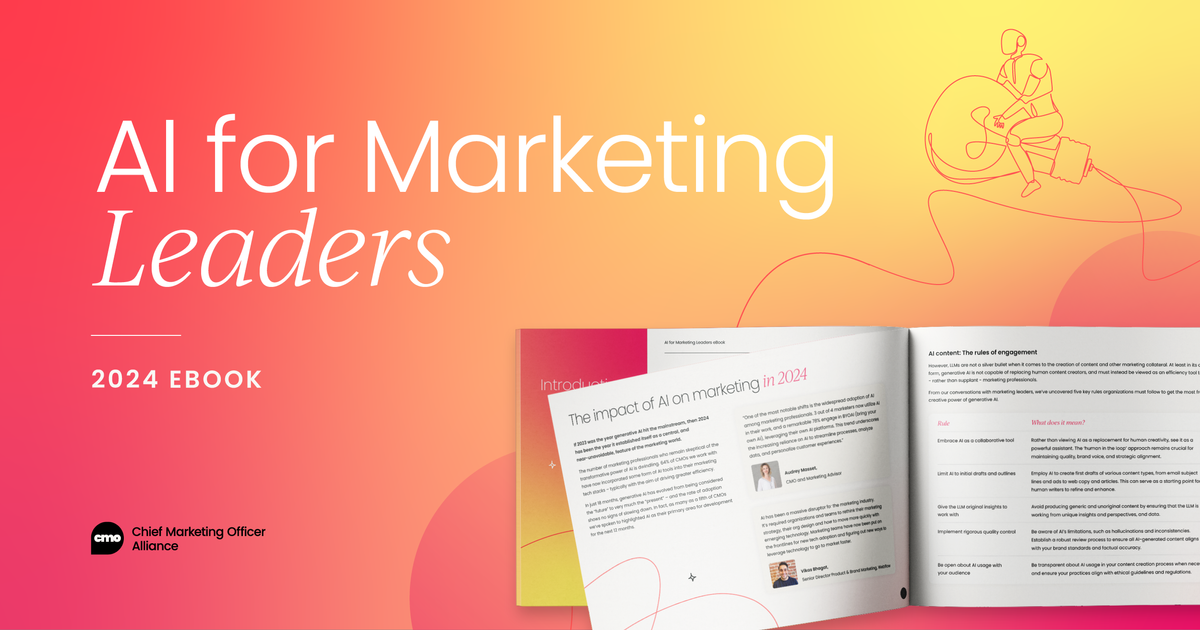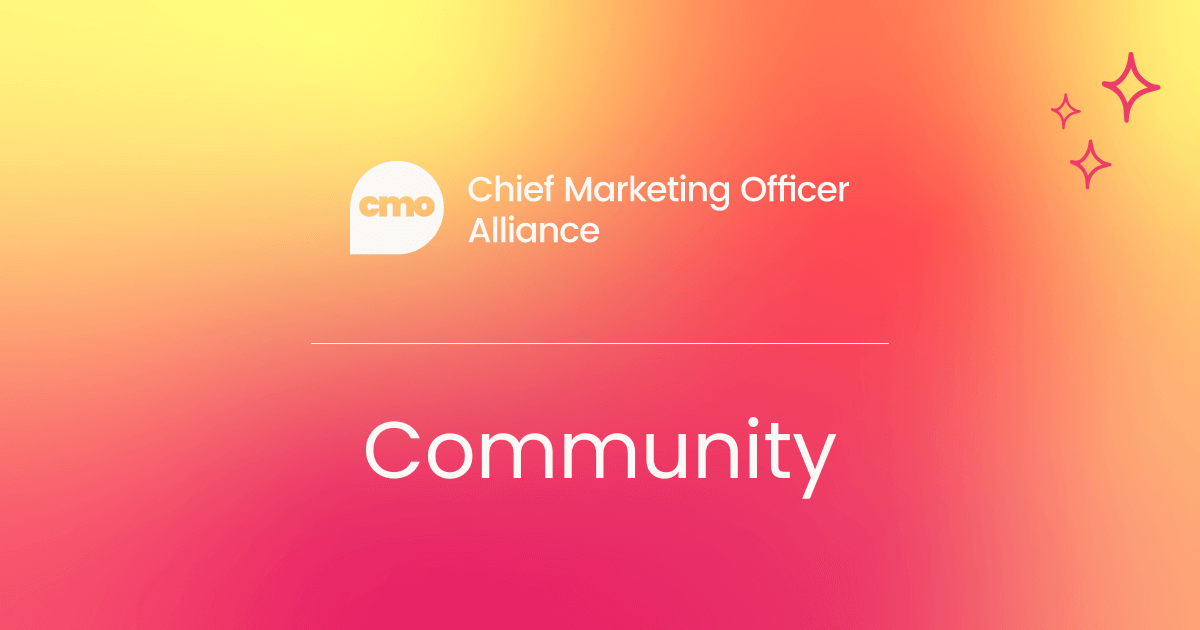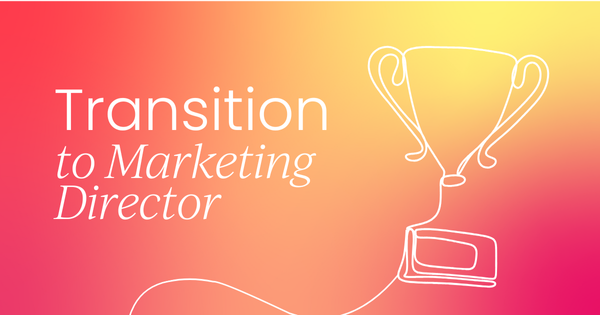"Leadership is the art of giving people a platform for spreading ideas that work." – Seth Godin, author and marketing expert
Marketing Manager vs. Marketing Director
The Marketing Manager and Marketing Director roles both drive a company’s marketing efforts, but they’re different when it comes to scope, responsibilities, and strategic impact.
Marketing Manager
A Marketing Manager focuses on execution and tactical management, and usually reports to the Marketing Director, the VP of Marketing, or the CMO.
Some of the key responsibilities of a Marketing Manager include:
- Implementing marketing campaigns,
- Managing content, social media, or other marketing channels,
- Analyzing performance data and adjusting strategies
- Coordinating with sales, product, and creative teams, and
- Overseeing budgets for specific campaigns or projects
The role of Marketing Manager is best for mid-level professionals with hands-on experience looking to grow into leadership roles.
Marketing Director
On the other hand, a Marketing Director focuses on strategy and leadership, and reports to the VP of Marketing or the CMO. Key responsibilities include:
- Developing overcharging marketing strategies,
- Leading teams of managers and specialists,
- Aligning marketing with company-wide goals,
- Managing high-level budgets and resource allocation, and
- Making executive-level decisions on branding, positioning, and market expansion.
This role is best for senior professionals with strategic vision and leadership skills who are ready to influence business direction.
In short: Marketing Managers execute. Marketing Directors strategize.
How to become a Marketing Director
Becoming a Marketing Director requires a combination of strategic experience, leadership skills, and deep marketing knowledge.
Build a strong foundation in marketing
It goes without saying that you need to be a marketing expert to become a Marketing Director.
And, though not mandatory, both Managers and Directors tend to have a bachelor’s degree in marketing, with Marketing Directors often also having an MBA (Master of Business Administration) – an advanced degree that allows them to prepare for a more high-level role.
Develop your leadership and strategy skills
"As a leader, we've learned a lot in the last five, ten years about leading with compassion, really connecting with people at a human level." – Alex Craddock, CMO of Citi
Before moving into the Marketing Director role, make sure to spend time as a Marketing Manager or even as Head of Marketing, which will give you tons of experience.
Another thing you should focus on is taking ownership of campaigns, budgets, and team management – as well as learning to align marketing with business goals. It's equally important to be able to show the value/impact of your actions.
Of course, you should also develop cross-functional collaboration skills, such as working with sales, product, and the C-suite.
Master data-driven decision-making
Get comfortable with tools like Google Analytics, understand KPIs (key performance indicators) and metrics like conversion rates and ROI, and leverage market research and competitive intelligence to inform strategies.

Years of experience
Marketing Managers and Marketing Directors tend to have different years of experience in marketing, though it depends on the industry and company size. Still, a Marketing Manager typically averages 3 to 7 years of experience while a Marketing Director usually has 7 to 15+ years of experience.
However, the jump from Manager to Director often depends on leadership experience, strategic thinking, and the ability to drive measurable business outcomes rather than just years alone.
Gain experience in resource allocation
Marketing Directors manage budgets, so understanding financials is of the utmost importance. In addition, they work on forecasting, ROI calculations, and cost-effective campaign management.
So, you should own profit and loss responsibility by showing that you can allocate budgets and drive ROI. For example, propose a marketing campaign where you control spending and report revenue impact.
Networking and thought leadership
Networking and building your personal brand are also essential for anyone wanting to become a Marketing Director.
Attend industry conferences (like our events), share insights through LinkedIn and speaking engagements, and build a network with executives, marketers, and other industry leaders.
Demonstrate director-level actions
Position yourself for leadership by mentoring junior members of the team, which allows you to showcase your leadership skills. On top of this, think about your company’s growth and how you can help/contribute to it, which helps you show C-suite thinking.
Other career move examples that can help you transition into Marketing Director
- Develop a product-led growth strategy.
- Spearhead a rebrand or positioning shift.
- Implement AI-driven marketing automation to increase efficiency.
- Improve MQL-to-SQL (marketing qualified lead to sales qualified lead) conversion rates.
- Align marketing with sales KPIs (e.g., pipeline contribution).
- Join leadership meetings where strategy, budgets, and company vision are discussed.
- If possible, why not try a fractional CMO role to gain more experience?
Challenges of transitioning into Marketing Director
Moving from a Marketing Manager to a Marketing Director role is a big step, and while it’s certainly exciting, it also comes with a whole new set of challenges to overcome.
Become more strategic
As we’ve seen, Marketing Managers focus more on executing campaigns, but Marketing Directors set the strategy. This means changing from being more hands-on to guiding the bigger picture (e.g., market positioning, brand vision, long-term goals).
How to handle it: Start thinking like a director before you get the title. Get involved in strategic discussions, analyze business impact, and develop long-term plans.
Manage upward
Marketing Directors interact with C-suite executives, board members, and other senior stakeholders. You’ll need to sell your vision, secure buy-in, and align marketing with broader business objectives.
How to handle it: Become more business-minded, understand financial metrics, etc.
Leading managers
As a Director, you’ll likely be leading managers, so you must empower your team, set clear goals, and build a high-performance culture.
How to handle it: Shift from "doing" to coaching and mentoring. Invest in leadership training and delegate tasks.

More expectations
Handling the pressure that comes with director-level expectations is crucial. You’ll be responsible for everything from market positioning to brand perception and lead generation, so the stakes are higher.
How to handle it: Learn to prioritize, build resilience, and communicate wins effectively to stakeholders.
Balancing short-term wins with long-term strategy
Directors must deliver immediate results (leads, conversions, revenue) while also driving long-term brand and positioning.
How to handle it: Set clear KPIs for both short- and long-term goals. Align marketing efforts with revenue growth while keeping brand-building initiatives in play.
Navigate office politics
At the director level, you’ll need to navigate internal politics, negotiate for resources, and ensure marketing is taken seriously across the company.
How to handle it: Build strong relationships with sales, finance, and product teams, speak the language of leadership (usually numbers), and ensure marketing’s impact is visible and understood.
Manage crisis
You may have to deal with brand reputation issues and negative press. One bad move (campaign blunder, social media backlash) can escalate quickly.
How to handle it: Have a crisis management plan in place, be proactive in handling brand reputation, and learn to respond effectively under pressure.
In short
Transitioning from Marketing Manager to Director requires a mindset shift from execution to strategy. This means you go from managing campaigns to managing people, and from focusing on marketing to influencing the entire business.
If you haven't already, join our growing community of marketing leaders, from CMOs to Marketing Managers, Directors, VPs and more, and make connections, answer questions, and learn from your peers.




 Follow us on LinkedIn
Follow us on LinkedIn






